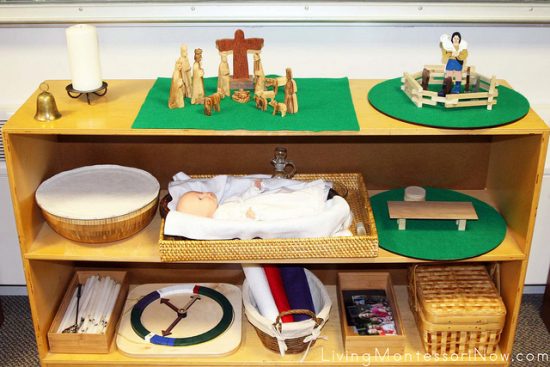Catechesis of the Good Shepard and Godly Play
Scripture storytelling is critical for effective Religious Education. Two examples of this are the Catechesis of...
TEACHING RESOURCE


Scripture storytelling is critical for effective Religious Education
Two examples of this are the Catechesis of the Good Shepherd and Godly Play.
The Catechesis of the Good Shepherd is an approach to the religious formation of children that is based on the conviction that God and the Child are in a loving relationship. The role of adults is to protect and nurture this bond. Age-appropriate themes from the Bible and Catholic liturgy are presented to the children via a storytelling method using a series of materials such as small figures depicting biblical scenes, cloths, utensils, maps, candles. Using these materials, the children enter into the story, each at his/her own pace. In this way, they internalise and ponder the great mysteries of faith.
Developed by Sofia Cavalletti, an Italian Hebrew scripture scholar, and influenced by Montessori methods, the Catechesis of the Good Shepherd seeks to give children the guidance and vocabulary which enable them to become aware of their relationship with God and give expression to it. In this way, each child is helped to continue to fall in love with God while building community among peers. Sessions generally occur in a special room called an Atrium which is in a parish setting.
With Godly Play the processes of the Catechesis of the Good Shepherd have been adapted for use in classrooms by Jerome Berryman, North American academic and educator. Storytelling boxes are made of items which illustrate each Bible story. Scripts for Catechists suggest a way of telling the story. Allowing children to ‘play’ with the materials afterwards is vital as they are re-telling the story for themselves. This method has been adopted and developed by many Catholic Education Offices.
It is sometimes said that Scripture storytelling is like Lectio Divina for children.
You may find these links valuable